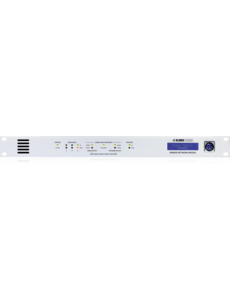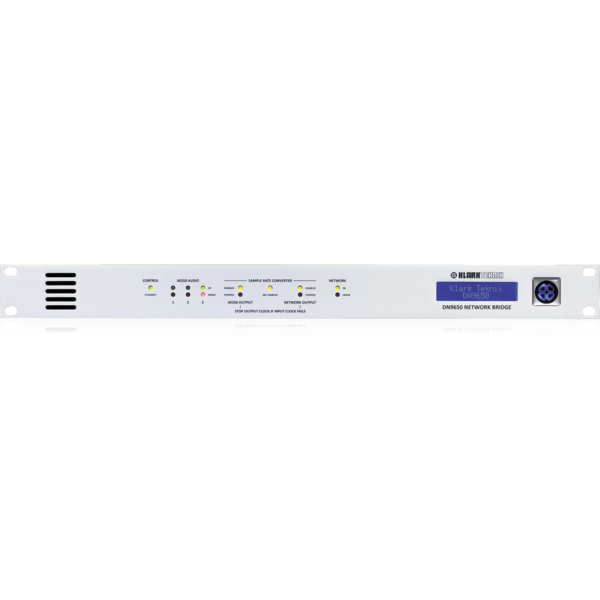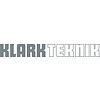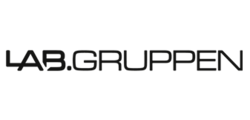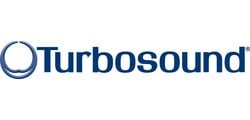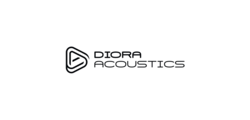Klark Teknik DN9650
- 24/7 support
- in house training
- in house service centre
- 055 538 66 88
Spécifications
Informations
DN9650 - network card module
- Network bridge format converter for AES50 networks with up to 64 bidirectional channels
- Compatible with KLARK TEKNIK KT-AES50, KT-DANTE64, KT-MADI and KT-USB network modules
- Asynchronous sample rate conversion on every channel with bypass facility
- Bidirectional output audio clock inhibit feature for redundant network systems
- 24 bit audio operation with 96 kHz and 48 kHz sample rates
- Video synchronisation in standard and high definition formats
- Internal "AES Grade 1" temperature-compensated word clock (1 ppm)
- Internal web server allows browser-based configuration via Ethernet control port
- Status indicator LEDs and LCD display on front panel
- Features Neutrik etherCON* network ports
- Rugged 1U rackmount chassis for durability in portable applications
- Auto-ranging universal switch-mode power supply
There are many different multichannel digital audio protocols available today. Some are well established and have been in common use for several years, others have appeared recently, and all are vying for recognition and market share. Interfacing different protocols can be difficult and expensive, often requiring the use of inflexible, proprietary hardware. Connecting different audio networks together, which often have differing sample rates and clock domains can be a difficult and expensive process. The DN9650 Network Bridge allows all MIDAS digital consoles and MIDAS digital I/O hardware, KLARK TEKNIK DN9696 High Resolution Audio Recorders and many other AES50 devices to connect to many different multichannel digital audio networks simply and reliably.
Currently available interfaces include:
- Audinate Dante
- Cirrus Logic CobraNet
- Digigram EtherSound
- MADI (AES10)
The DN9650 Network Bridge supports network modules designed and manufactured by Cirrus Logic, Inc., Lab X Technologies, LLC, and Audinate Pty Ltd.
Clock Synchronisation
The DN9650 clock synchronisation scheme is divided into two domains, with the AES50 domain and third party network domain separated by the Asynchronous Sample Rate Converter (ASRC). AES50 Domain Clock Options:-
- AES50 External Clock
- Onboard Oscillator (AES50 Internal Clock
- Word Clock Input
- Video Black Burst Input
Network Domain Clock Options:-
- External Network Clock
- External Network Clock with Word Clock In Synchronisation
- Onboard Oscillator (AES50 Internal Clock
- Network Module Onboard Clock
- AES50 Clock Source
- Word Clock Input
- Video Black Burst Input


